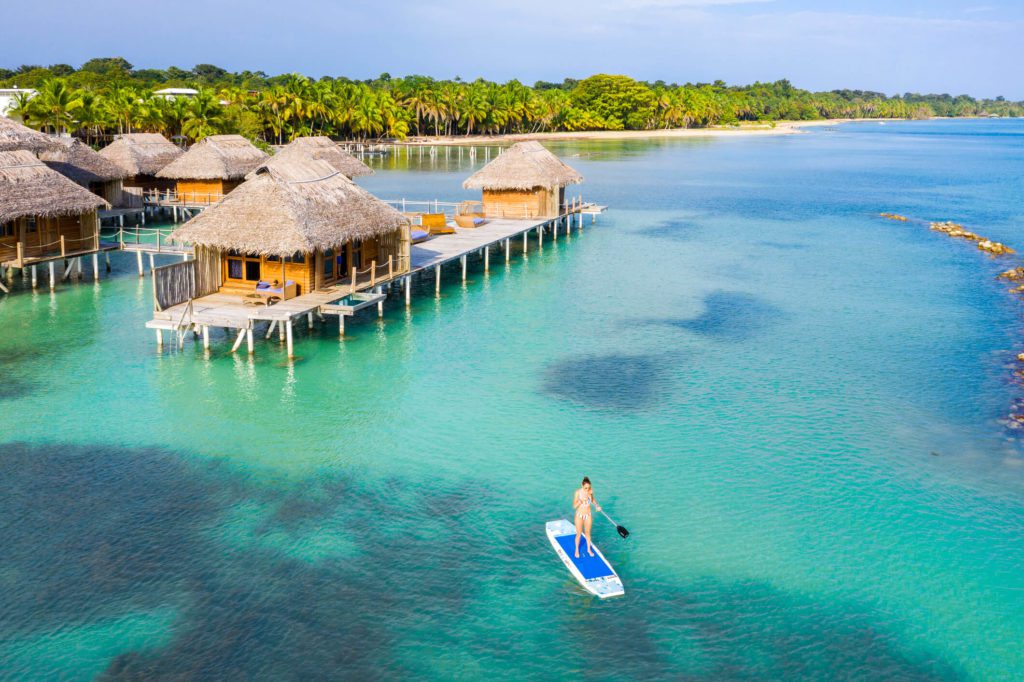Why Panama Should Be Your Next Travel Destination in 2025

Panama, a slender strip of land connecting North and South America, is much more than just a geographical bridge. Known worldwide for the Panama Canal, this Central American country plays a vital role in international trade, boasts rich biodiversity, and is fast becoming a popular travel destination. Whether you’re a globetrotter, history enthusiast, or business investor, Panama has something remarkable to offer.
Geographical Significance
Panama is strategically located between Costa Rica to the west and Colombia to the east, with the Pacific Ocean on one side and the Caribbean Sea on the other. This position has made Panama historically important for trade routes and cultural exchange. The most iconic example of this is the Panama Canal, which connects the Atlantic and Pacific Oceans and revolutionized global shipping when it opened in 1914.
The Panama Canal: Engineering Marvel
The Panama Canal is the country’s crown jewel. Stretching approximately 82 kilometers (51 miles), it allows ships to avoid the long and dangerous route around the southern tip of South America (Cape Horn). Every year, thousands of cargo and cruise ships pass through the canal, making it a critical artery for international commerce.
The canal also contributes significantly to Panama’s economy through tolls, jobs, and foreign investment. The expansion project completed in 2016 introduced larger locks that accommodate bigger ships, boosting the country’s relevance in global trade even further.
A Blend of Cultures
Panama’s cultural landscape is as diverse as its geography. The population is a vibrant mix of Indigenous peoples, Afro-Caribbeans, Europeans, and Asians. This melting pot is reflected in the country’s cuisine, music, architecture, and festivals.
The capital, Panama City, is a modern metropolis with skyscrapers, luxury malls, and a thriving nightlife scene. Yet, just a few blocks away lies Casco Viejo, the old colonial district filled with charming cobblestone streets, historic churches, and local art galleries.
Economy and Investment Opportunities
Panama has one of the fastest-growing economies in Latin America. Its U.S. dollar-based economy, stable banking sector, and liberal trade laws make it a magnet for foreign investors and retirees. Key sectors include:
-
Shipping and logistics
-
Tourism
-
Real estate
-
Banking and finance
The Panama Pacifico Special Economic Area offers tax incentives to businesses, making it an attractive location for multinational companies. Additionally, the government encourages foreign real estate investment, particularly in Panama City and beach areas like Coronado and Bocas del Toro.
Tourist Attractions
From lush rainforests to exotic beaches, Panama offers a wide array of tourist experiences:
-
Bocas del Toro – A tropical archipelago perfect for snorkeling and scuba diving.
-
San Blas Islands – Home to the Guna Yala people, offering crystal-clear waters and white sand beaches.
-
Boquete – A mountain town known for its coffee plantations and cool climate.
-
Panama City – A cosmopolitan hub where modernity meets colonial charm.
For nature lovers, Panama also houses more than a dozen national parks and wildlife reserves. The Darien Gap, though remote and less accessible, is one of the most biodiverse regions on the planet.
History in Brief
Before becoming a republic in 1903, Panama was part of Colombia. Its independence was heavily influenced by U.S. interests in constructing the canal. For most of the 20th century, the U.S. controlled the Panama Canal Zone, until it was fully handed over to Panama on December 31, 1999.
Despite political turmoil in the 1980s, including the U.S. invasion to oust military leader Manuel Noriega, Panama has since evolved into a peaceful and thriving democracy.
Challenges and Future Prospects
Like many developing nations, Panama faces challenges such as income inequality, rural poverty, and environmental concerns. However, ongoing infrastructure projects, economic reforms, and educational initiatives point toward a promising future.
Panama is also working to position itself as a digital and tech hub, attracting startups and remote workers. With its natural beauty, modern amenities, and welcoming visa policies, Panama is becoming increasingly popular among digital nomads and expats.
Conclusion
Panama is a country of contrasts—where ancient rainforests meet futuristic skylines, and traditional Indigenous cultures coexist with global influences. Whether you’re interested in world trade, ecological exploration, or simply a beautiful place to visit or live, Panama is undoubtedly a gem in the heart of the Americas.










